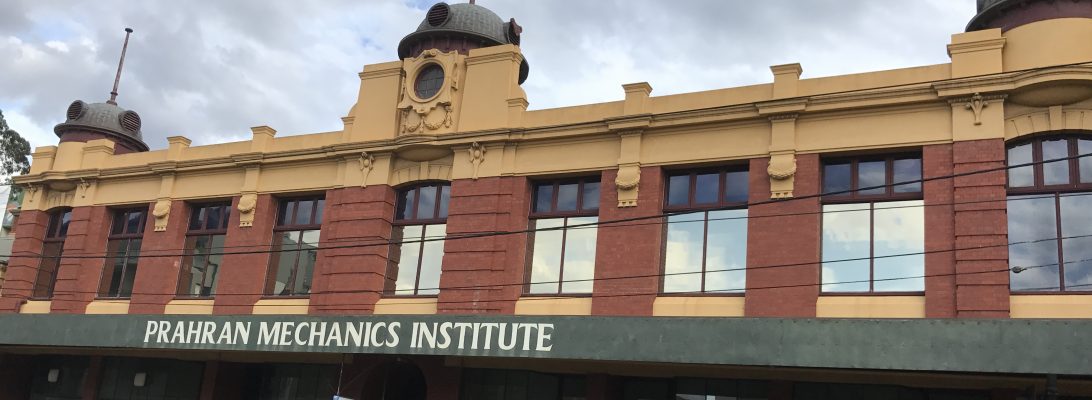


Tintern was the first Cistercian monastery in Wales. It was founded in 1131 by Walter Fitz Richard of Clare, lord of the nearby Chepstow castle.
The abbey thrived because of the grants of land that Walter provided with its foundation. They were successful enough to be able to attract new recruits and found daughter houses. The first daughter house was founded in 1139 in Kingswood in Gloucestershire by William Berkeley. Prior Thomas of Tintern was chosen as the first Abbot.
Tintern was the second Cistercian monastery established in Britain. A key figure in the early years was Abbot Hugh who was in charge of the community from about 1148 until 1157. He was a former brigand who in repentance took the habit of a Cistercian and rose to lead Tintern.
When Tintern was founded the original buildings would have been wooden and building most likely began even before the first colony of monks arrived. By the mid 1150s the first stone church and a number of other monastic buildings were probably complete. Little remains of the original stone buildings at Tintern, because much was rebuilt in the gothic style in the late 12th and mid 13th centuries. The original church and some building were probably romanesque in style, in line with austere ideals of the Cistercian architecture.
My main interest in Tintern comes from William Marshal . He became lord of Chepstow by right of his wife Isabel de Clare in 1189. He and his son William Marshal the younger became liberal benefactors of Tintern. William Marshal held extensive lands in Ireland, by right of his wife, and he endowed a daughter house of Tintern there in 1203. It was known as Tintern Parva or Tintern of the Vow and will be featured later in this advent calendar.
Isabel de Clare was buried at Tintern in 1220 and her son William Marshal the younger endowed Tintern with the extensive arable property Rogerstone in return for keeping a lamp burning at his mother’s tomb. Three other of Isabel’s children were also buried at Tintern: Walter and Anselm (who were both lords of Chepstow in their own right) in 1245 and Maud (who was Countess of Norfolk) in 1248. Sadly the location of the burials is no longer known.
The abbey was dissolved in 1536 as part of the Dissolution of the Monasteries and in 1537 the buildings and local possessions were granted to Henry Somerset Earl of Worcester.
In the 18th century the romantic ivy clad ruins of Tintern became a key tourist attraction and a favourite subject for writers and artists like William Wordsworth and Turner.
References:
Site visit 2012
Cadw: Tintern Abbey ISBN 9781857602876

I am really enjoying your Advent Calendar ! 🙂
LikeLike
Glad you’re finding it interesting. 🙂
It’s been a lot of fun putting it together.
LikeLiked by 1 person
Though lagging behind in reading, I too am enjoying yiu advent calender of attractions.
LikeLike
Glad you’re enjoying them
LikeLiked by 1 person